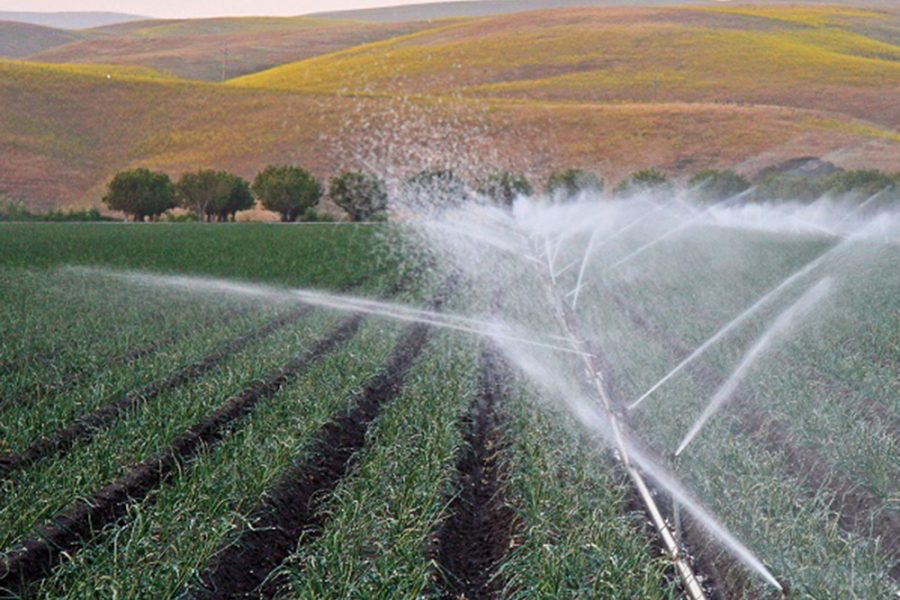When hunting for fresh produce, we are taught to look for the “ideal” fruit or vegetable. Sweet corn cobs have their husks unceremoniously pulled down, apples are squeezed and scrutinized, onions are sniffed and scoured for the tightest skin, all in the name of finding the “best” version available.
A long-running joke among some farmers is, “Organic: 30 percent price markup, 30 percent quality reduction.”
A study from Stanford confirmed what most farmers and ranchers already knew: there is no significant nutritional difference between organic and conventionally grown produce. Both provide micronutrients necessary for a balanced diet and offer those nutrients in largely the same amount. So, why, then, has the mythology of organic produce persisted?
Because it seems better.
As is the case when picking produce, we are a culture of appearances. “Keeping up” with the playgroup moms, the new neighbors from Europe, the marathon runners down the street, or whatever an individual’s benchmark for success, health, and beauty might be, we want to seem like the people we idolize.
California is having its own “keeping up” moment with Gov. Gavin Newsom noting he is keeping a “close eye” on what is happening in Europe around being carbon neutral and how the governments there are working to achieve that goal on-farm.
The California Air Resources Board has set 2045 as its target date to have 20 percent of farms in the state converted to organic food production in its overall pursuit of carbon neutrality. While well-meaning, the goal flits past an important tenet for any business, agricultural or otherwise: the cost of production cannot outpace the purchase price.
Converting a conventional farm to organic growing practices takes planning, training, and time along with potential purchases of equipment, livestock, and adjustments for yield changes. The USDA has a 16-step checklist for growers looking to convert to organic growing and a brief outline of how to convert livestock to organic certification.
Beyond the length of time the conversion process takes, there are interesting data around production costs and yield variations from test plots in the Midwest. Field corn and soybeans provided a significant increase in income for organic producers whereas wheat did not. Additionally, the cost of labor, fuel, and capital for growing organic field corn, soybeans, and wheat were significantly higher than their conventionally grown counterparts.
Unfortunately, for West Coast growers, increased fuel and labor costs have the potential to make organic conversion even less alluring. The USDA notes that approximately 1 percent of all farmland in the U.S. is employed for organic farming practices. The Bureau of Labor Statistics shows the average wage for a farmworker in the U.S. is $14.25/hr. However, the average wage in California is $20.98/hr. as a base wage. That rate coupled with the overtime pay requirement for California’s farmworkers ($31.47/hr.) makes organic farming economically challenging.
As California grapples with potential growing practice shifts, the success or failure of trying to be more like Europe will come down to whether the market exists to support food producers. Right now, the answer is a resounding “no.” Forcing producers to adopt growing practices that are foreign to them and will require significant investments, California may well find itself with even fewer farms as their operators are pushed out by a regulatory burden that makes their livelihoods less and less viable.
Being carbon neutral is an admirable goal but seeking it at the expense of our food producers is cutting off one’s nose to spite one’s face. With less than 1 percent of all Americans involved in food production, we need all the food producers we can maintain to keep food affordable and accessible.
Pam Lewison is the Director of Agriculture Research at the Washington Policy Center and a Pacific Research Institute fellow. She co-owns and operates a family farm in Eastern Washington state.


